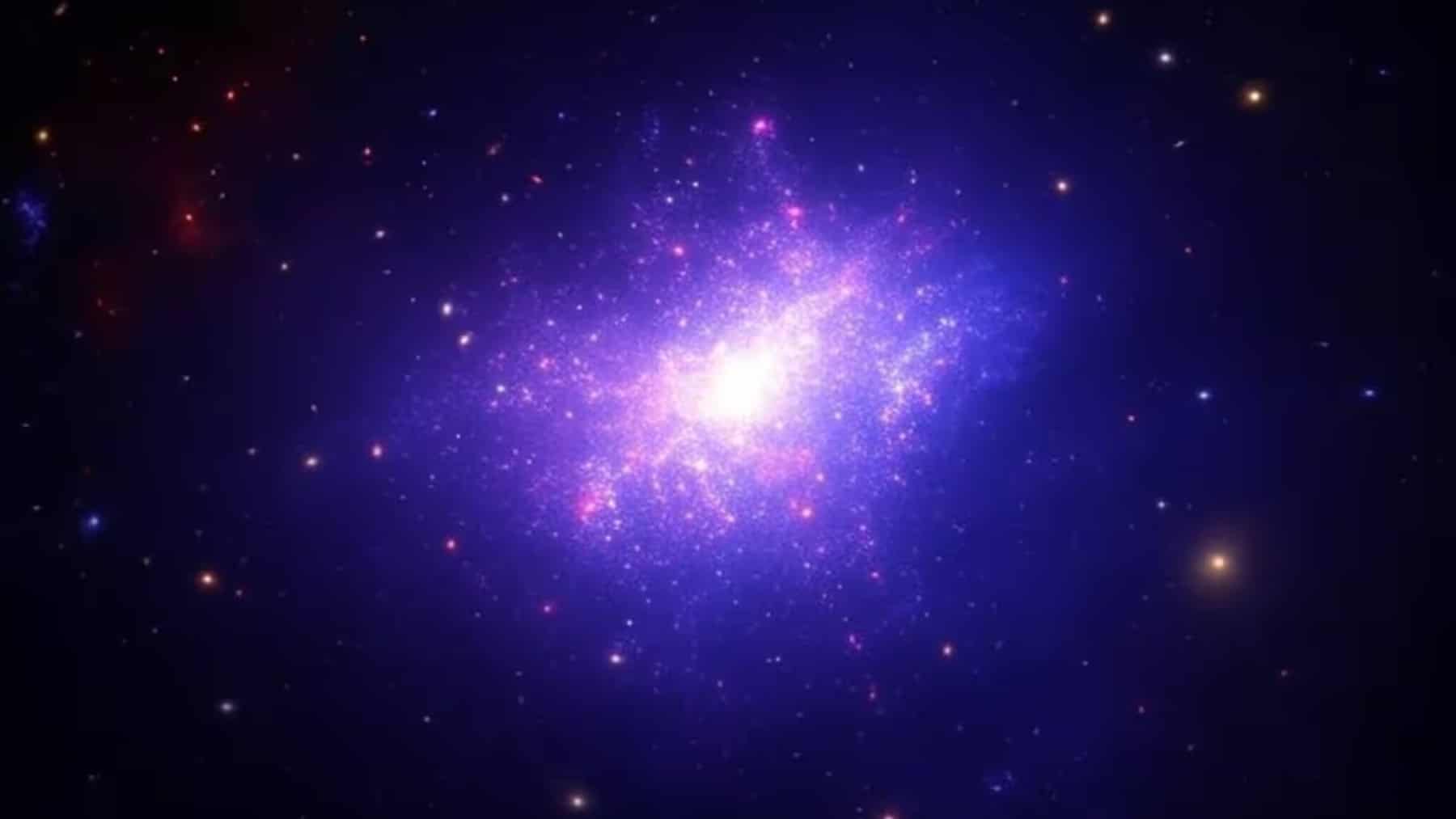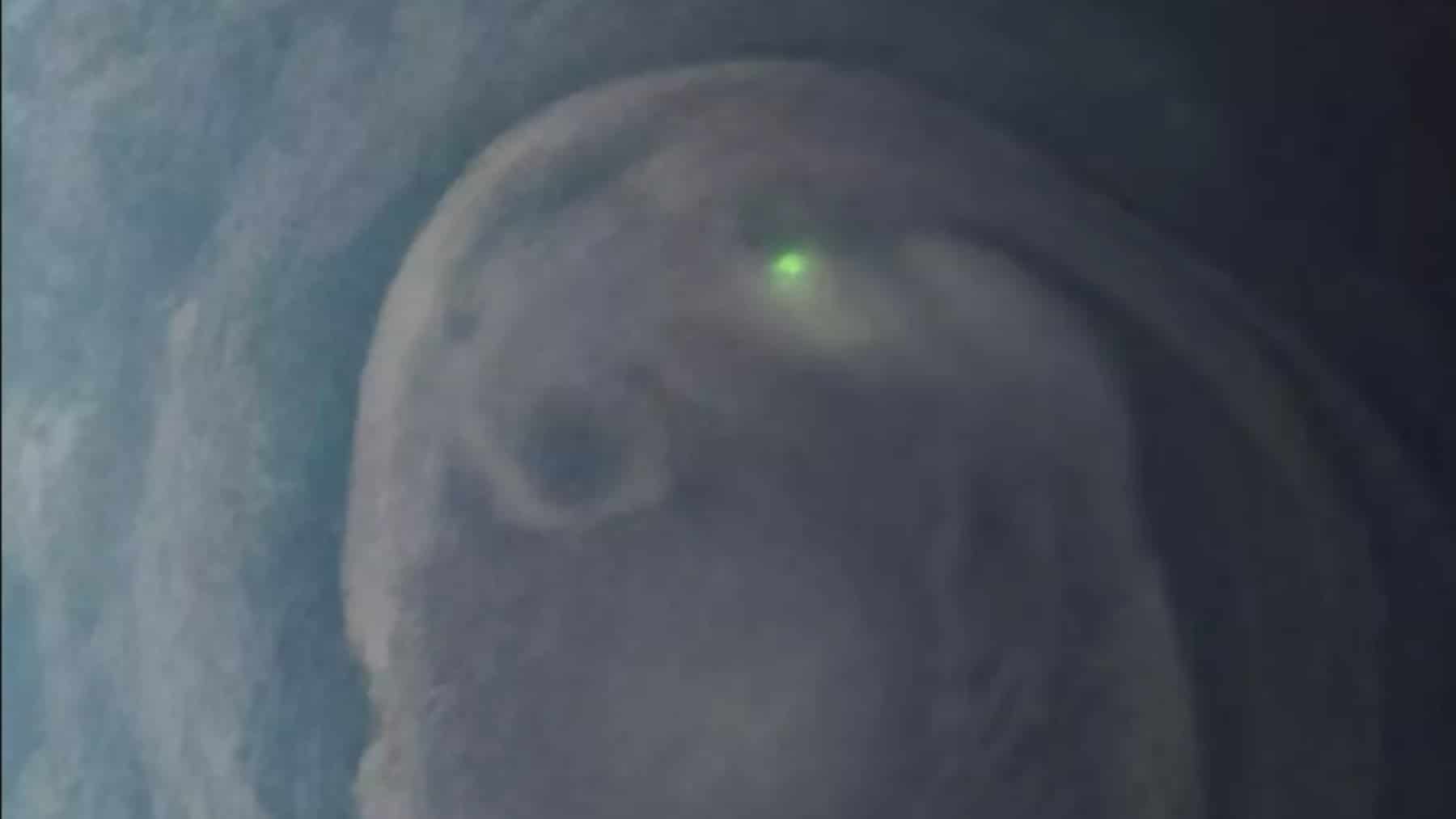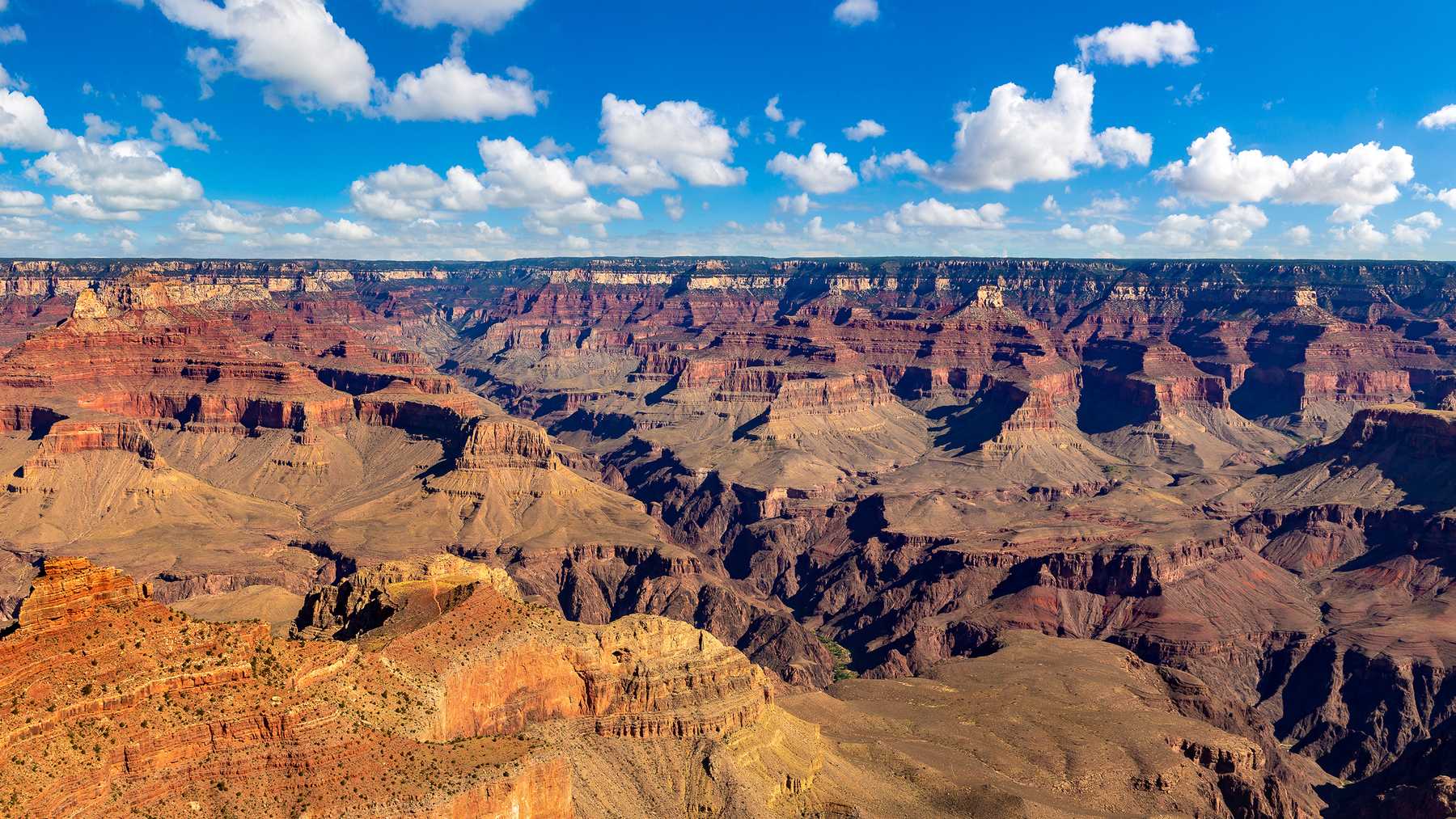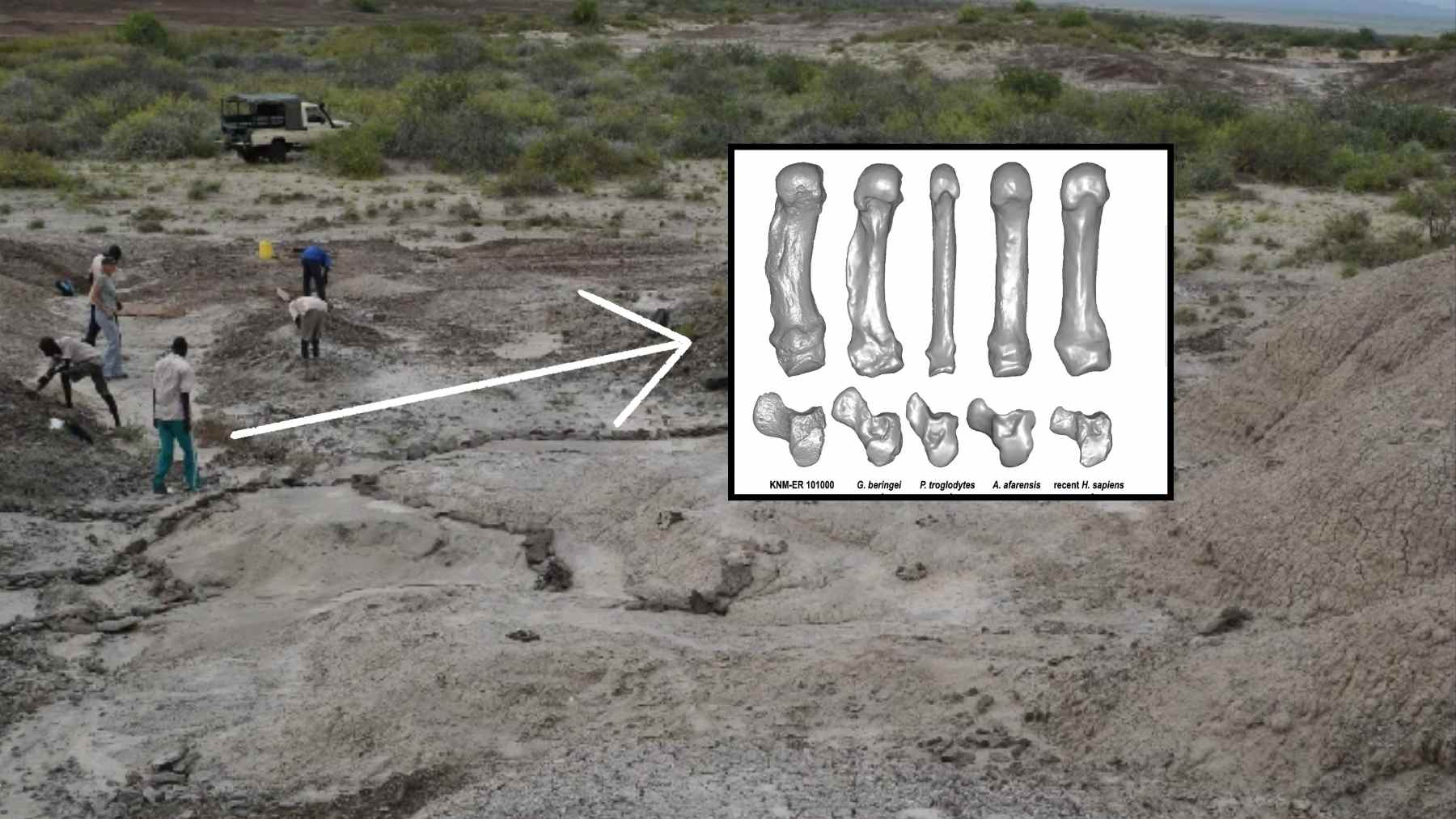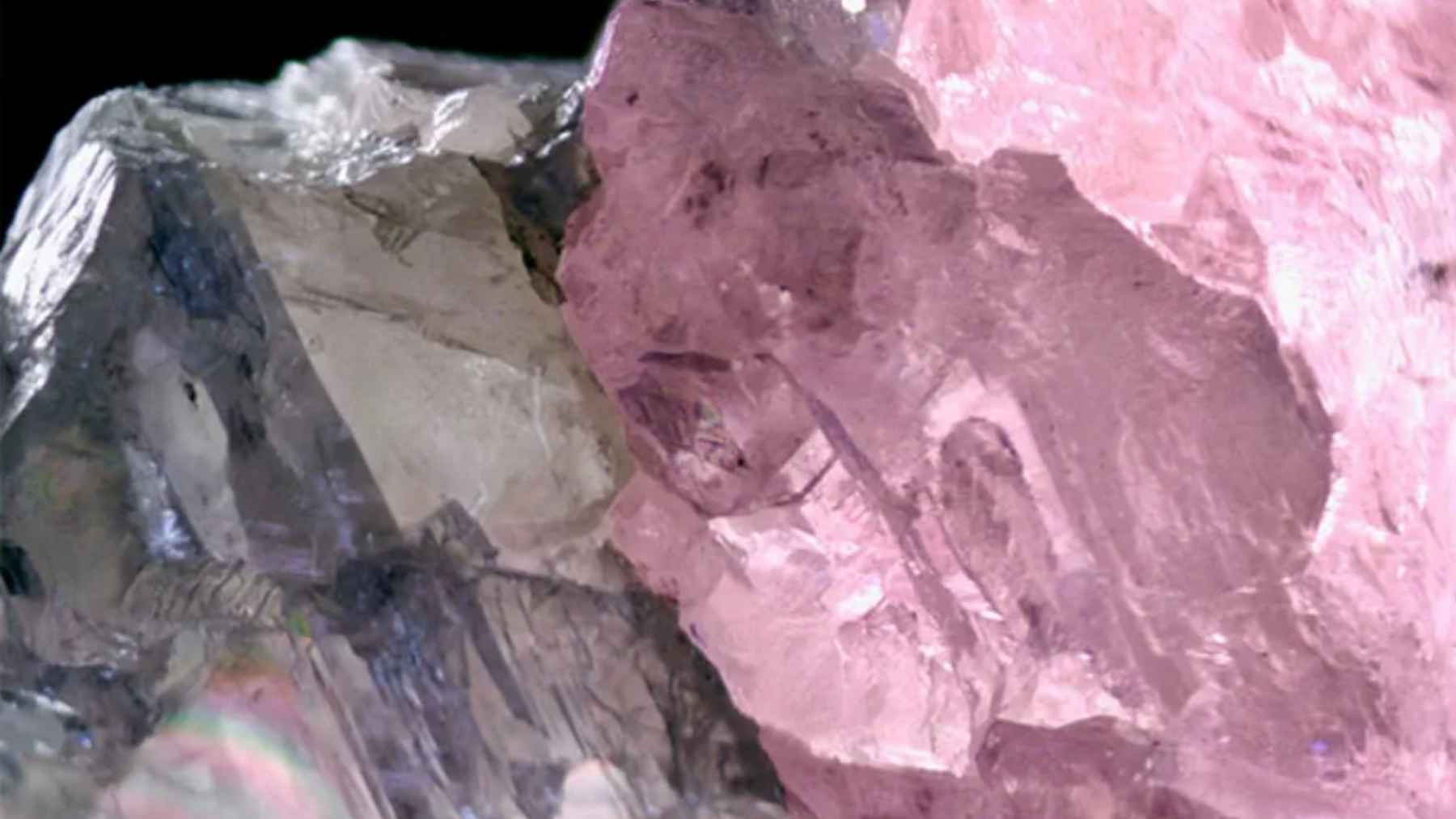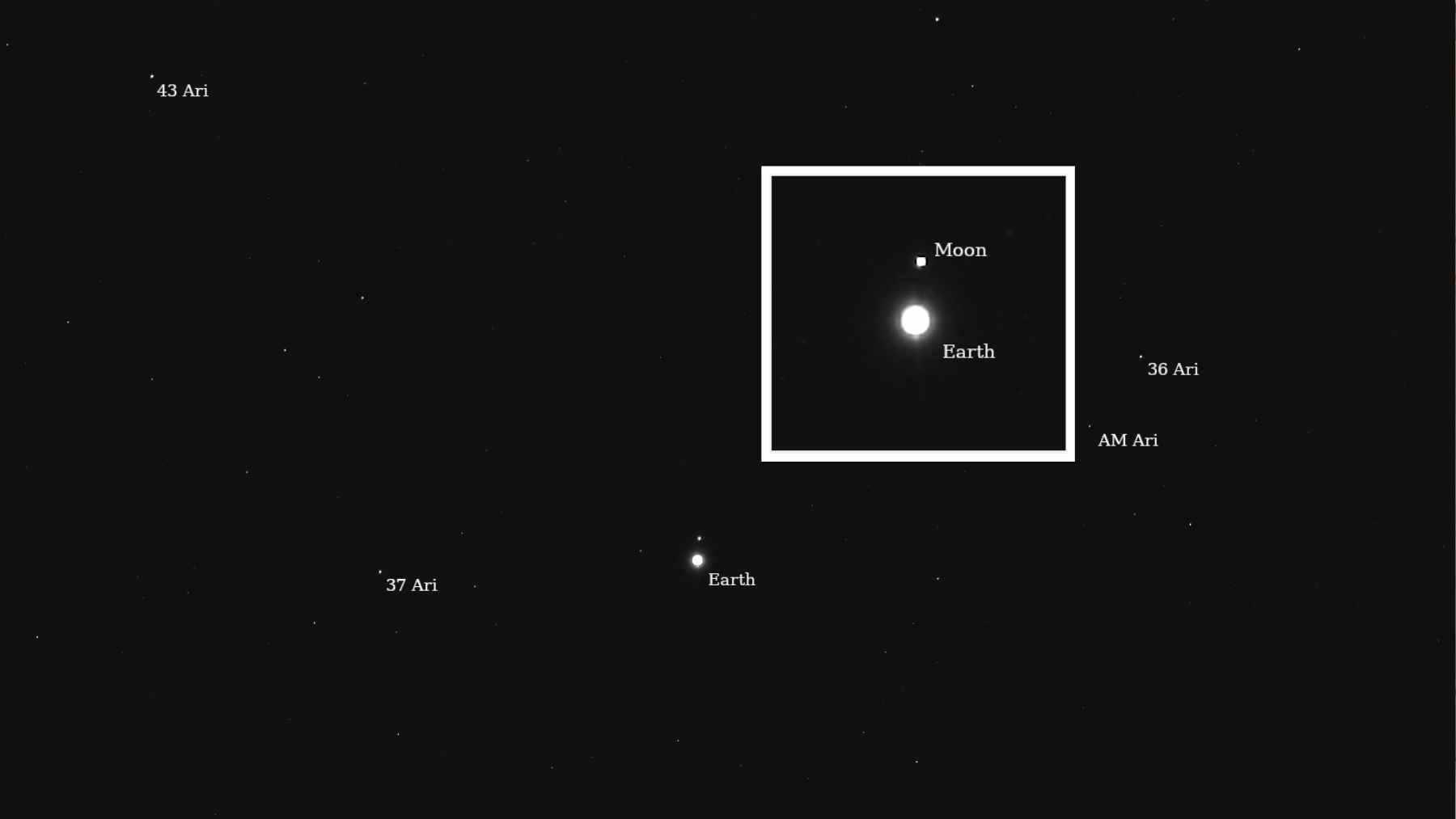The early universe isn’t just an abstract concept; it’s a territory we can explore by looking up at the sky, but one that requires incredibly powerful instruments to truly reveal. Since the James Webb Space Telescope began operating, we’ve seen not only further but also deeper, detecting objects that existed when the cosmos was still in its infancy. Now, astronomers have found something rare: a “fossil” from the beginning of time.
A fossil from the universe’s infancy: Glimpsing a galaxy 700 million years after the Big Bang
Calling something a “Fossil from the Big Bang era” is almost literal here. That’s because the light we see from this galaxy emerged from it about 13 billion years ago, meaning JWST is capturing it as it was just 700 million years after the Big Bang. Essentially, it’s like flipping through a cosmic album and opening to a photo taken in the universe’s infancy, an image showing an object already “grown up” when the rest of the cosmos was just beginning to organize itself.
The name given to this fossil is RUBIES-UDS-QG-z7, and as Andrea Weibel of the University of Geneva summarized, “We discovered a galaxy which formed 15 billion times the mass of the sun in stars and then stopped forming stars before the universe was only 700 million years old. This makes RUBIES-UDS-QG-z7 the most distant massive quiescent galaxy known to date”.
To explain further, when a galaxy is called “quiescent” or “quenched,” it means it has stopped, or nearly stopped, forming stars. Without new, young, blue stars, the oldest, reddish ones remain, giving rise to the nickname “red and dead.”Interestingly, unlike other similar objects observed by JWST, RUBIES-UDS-QG-z7 shows no signs of an active black hole shaping its light.
A cosmic stopwatch stopped early: How massive galaxies formed fast and faded young
We can say that the cosmic clock was relentless, because this galaxy formed quickly and stopped early. It built its total stellar mass before z ~ 8 and ceased star formation 50 to 100 million years before the moment we observe it. Weibel explains: “Massive galaxies observed early in the universe only had a very limited amount of time to form their stars. This means they must have formed rapidly and efficiently, which helps us constrain and, in some cases, even challenge theories and models of galaxy formation and growth.”
The most likely scenario is that a massive amount of gas and dust collapsed into a small volume, creating such a high density that stars were born intensely and efficiently until the fuel ran out. The biggest challenge so far is that models and simulations indicate that galaxies like this would be virtually nonexistent at this stage in the universe. This forces scientists to rethink the mechanisms that control both star formation and star death at such remote times.
Finding a cosmic needle in a haystack
We need to keep in mind that finding one of these is like finding a needle in a cosmic haystack. So much so that the initial estimate is that there is only one for every million galaxies, although this estimate is uncertain, since we only observe a tiny fraction of the sky. The next step will be to collect more data with JWST itself and with the ALMA in Chile.
From there, with high-resolution spectroscopy, it will be possible to better analyze the chemical composition and reconstruct the history of this time capsule. RUBIES-UDS-QG-z7 is not only the most distant known quiescent massive galaxy, but also an anomaly that rewrites part of the universe’s script. The only certainty we have so far is that as JWST continues to scan the sky, other fossils may emerge, like this galactic fossil drifting through space discovered by NASA.
